The Facts About Plantar Fasciitis
By Ryan Cochrane on June 27, 2020 in Health & Care
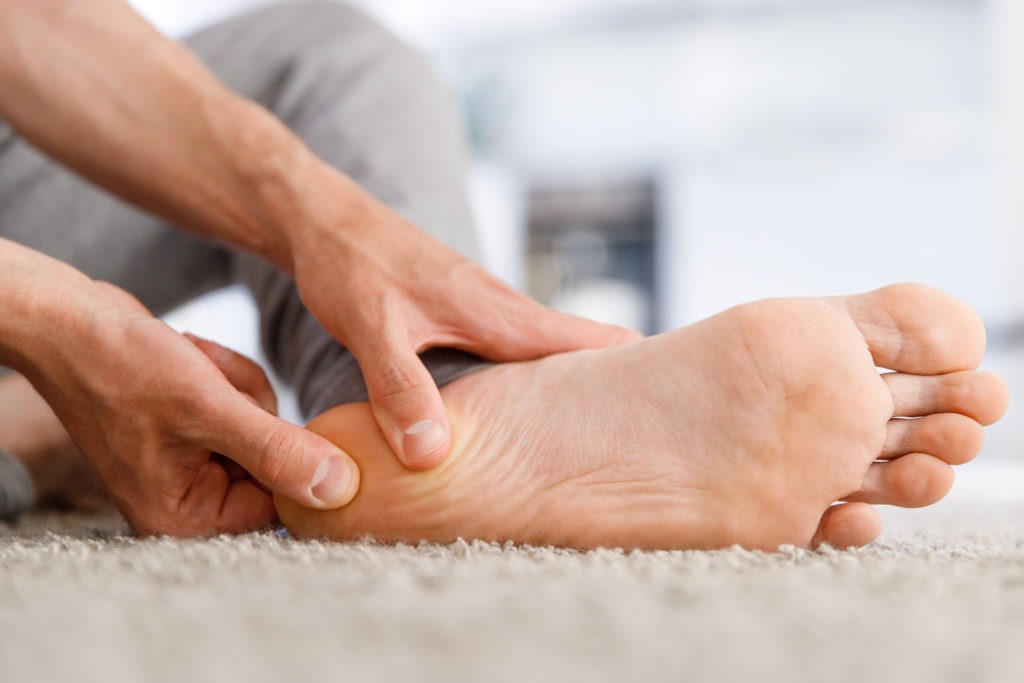
What is Plantar Fasciitis?
Plantar Fasciitis is an inflammation of the plantar fascia which is located on the bottom of your foot. It’s the most common cause of heel and arch pain and can be downright debilitating. The thick band of tissue connects your heel to your toes and is extremely important for proper gait patterns. Symptoms can vary slightly but the most common are:
- Start-up pain
- Burning or sharp shooting in the heel or arch
- Increased pain with increased walking or standing
- Pain is usually worse after exercise versus during
Common Causes
While causes for plantar fasciitis can vary, there are some notable factors that can increase your risk of developing this condition.
They include:
- Shoe Choice – some shoes are better than others. There are different shoes for different activities and the right shoe choice can affect your overall foot health.
- Foot Type – people have feet that usually fit into 3 categories, high arched, low/flat arch, or medium arch. The right height arch helps with overall foot mechanics.
- Certain Exercises – such as long-distance running.
- Obesity – excessive weight can put more strain on your arch.
- Occupation – jobs that require you to stand for long periods such as nurses, teachers, and construction workers.
Treatments
Experiencing pain like plantar fasciitis can really inhibit you in your daily life and if you’ve had it long enough, you are probably thinking, will it ever go away? I’ve seen cases where plantar fasciitis has lasted over 15 years and their pain was so bad they had a hard time walking even to the bathroom. It’s important that you try one solution at a time for about a month. This helps determine what is working for you as it can be a re-occurring problem.
Some of the options to try are:
- foot orthotics
- new shoes
- massage
- shockwave therapy
- ultrasound
- night splints
- plantar fasciitis sleeves
- physiotherapy
If you ignore the symptoms you are experiencing, it can become chronic and inhibit you from the activities you enjoy. Start with stretches and if that does not work, reach out to a specialist in your area to get their advice on the best course of action.
Here are some product options on our website that can help decrease your pain.
https://adaptive-technologies-inc.shoplightspeed.com/foot-ankle/plantar-fasciitis-supports/



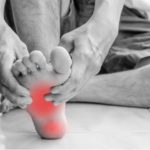

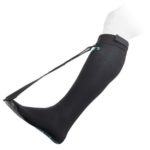


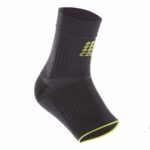
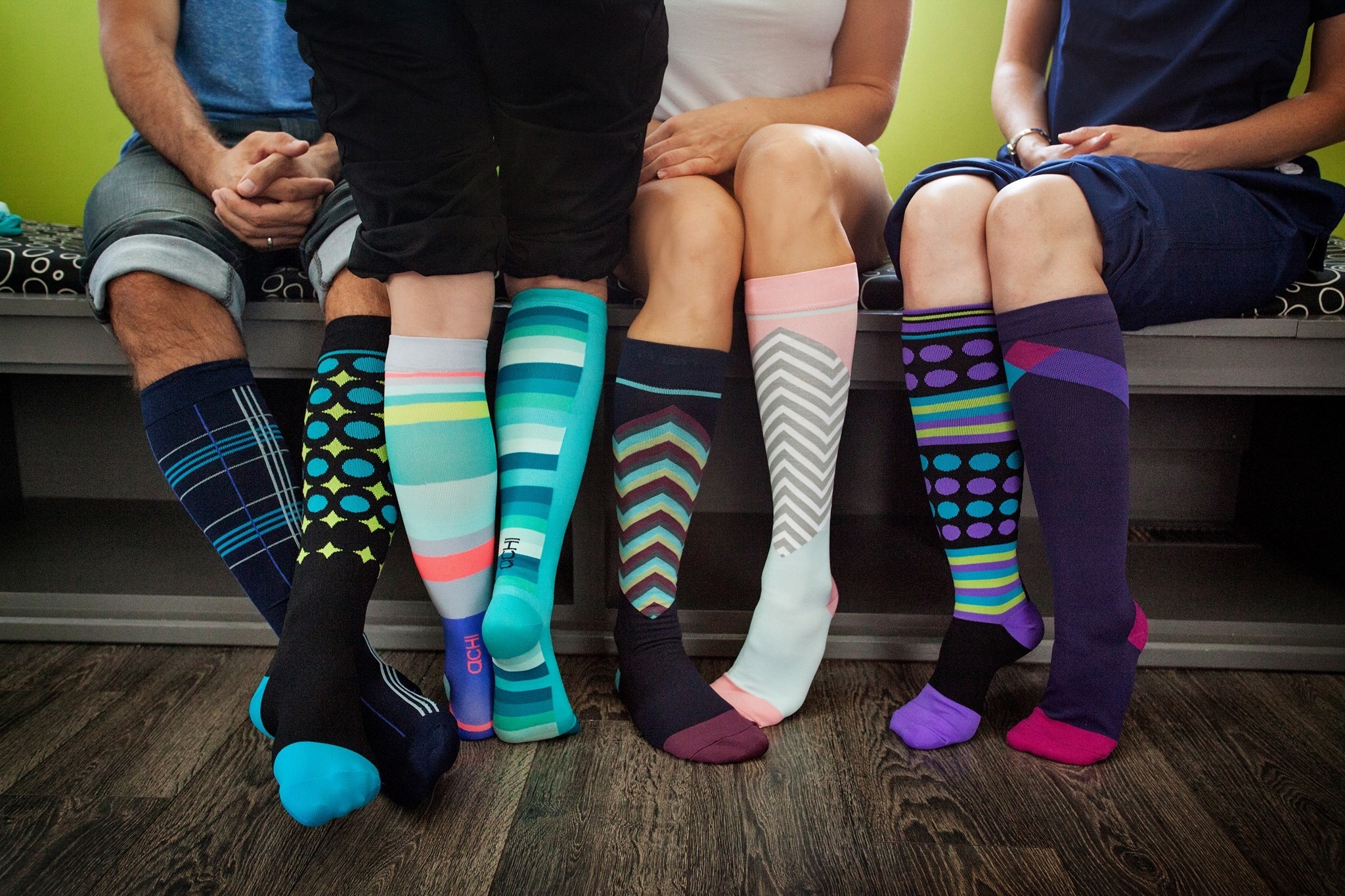
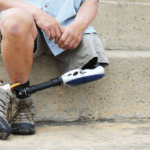




Recent Comments